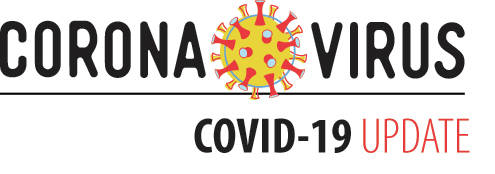The COVID-19 pandemic has turned the American economy on its head, leaving nearly 1 in 4 American workers unemployed.
In only two months, the U.S. economy transformed from full employment to extreme joblessness that Americans have not lived through since the Great Depression. The country’s estimated real-time jobless rate is 23.8 percent through April 25.
The federal government is borrowing extraordinary amounts of money at low interest rates to finance itself through the pandemic. However, families, businesses and state and local governments are at the frontline of the economic crisis and are unable to borrow indefinitely. They are forced to confront the economic tradeoffs that come with skyrocketing unemployment and a rapidly contracting economy.
Nearly 4 million initial jobless claims were filed in the week ending April 25, according to data released by the U.S. Department of Labor. This is what drove up the national real-time unemployment estimate to 23.8 percent through April 25, based on 50 Economy Foundation calculations.
The good news is new unemployment claims continue to trend downward week over week. The bad news is that the total number of unemployed Americans continues to increase rapidly, a labor market phenomenon unlike what Americans ever have experienced. Cumulatively, more than 30 million American workers have filed for unemployment benefits in the past six weeks.
The federal government has provided assistance for families, businesses and state and local governments. However, that assistance cannot prevent difficult tradeoffs from being made. True economic relief will come only when tens of millions of unemployed Americans can return to their workplaces and resume gainful employment.
In the meantime, policymakers are grappling with the risk of insolvency for all economic units below the federal government. Families, businesses and state and local governments face the risk of insolvency because of economic shutdowns and curtailed consumer behavior.
Families are struggling to pay their bills and businesses are cutting back in order to survive. State unemployment insurance trust funds risk insolvency as a result of incredibly weak economic conditions and increased incentives to use the unemployment program. And some financially weak state and local governments face insolvency as tax revenues collapse and liabilities explode.
These insolvency risks, along with the extraordinary human costs of economic shutdowns, create an incentive for policymakers to quickly reopen state and local economies. However, the threat of an outbreak resurgence has many policymakers continuing with shutdowns and stay-at-home orders.
Safe reopening strategies should be coupled with public policy reforms that reduce government debt, make it easy for businesses to start up, and make it simpler for workers to find new jobs. State and local governments are at the forefront of the economic crisis, and they need to lead in innovating new ways to incentivize and reward the economic growth they desperately need.






